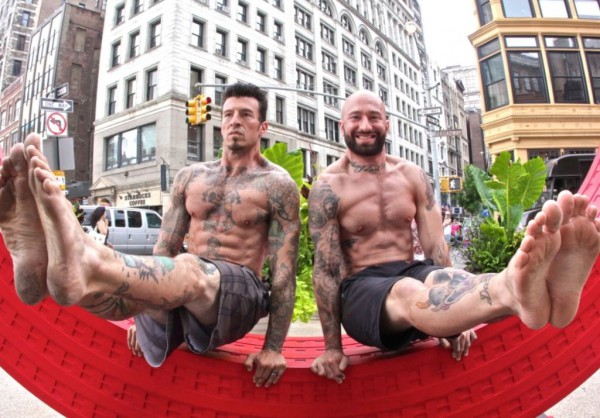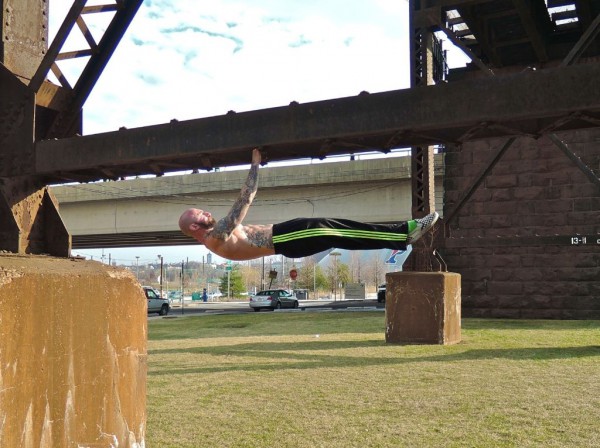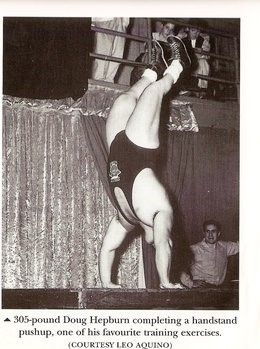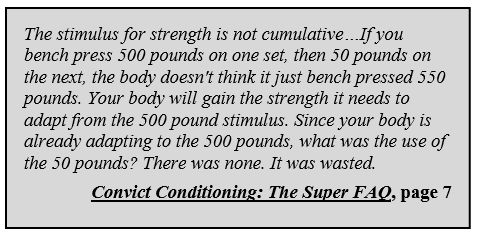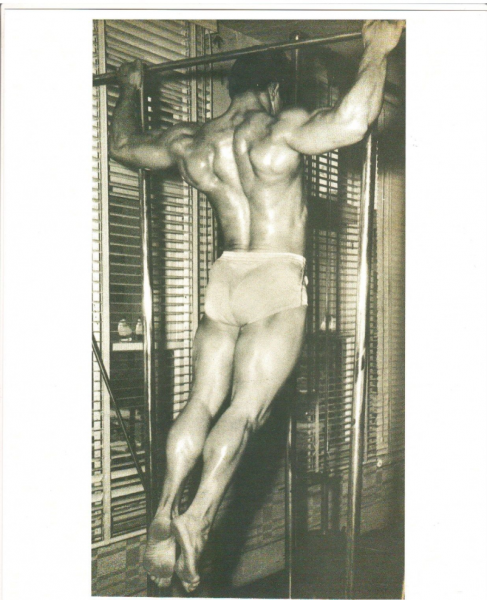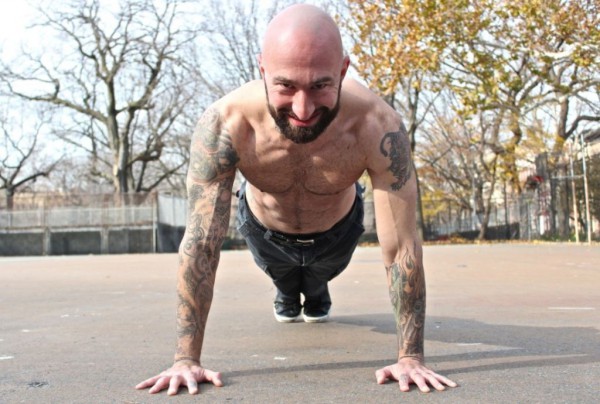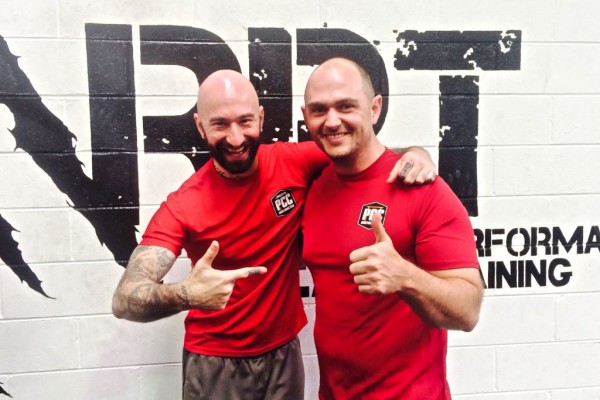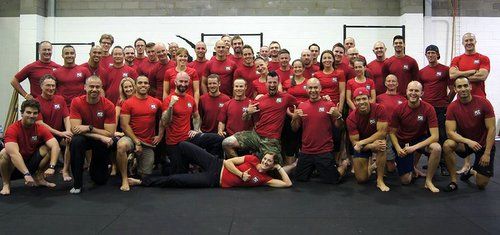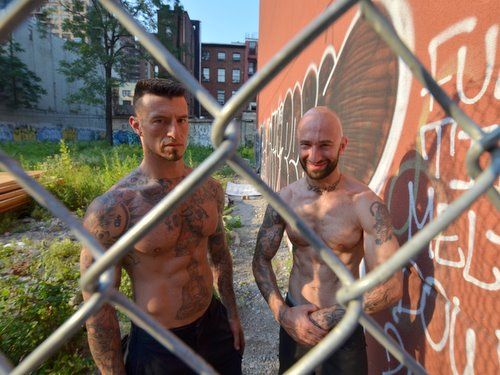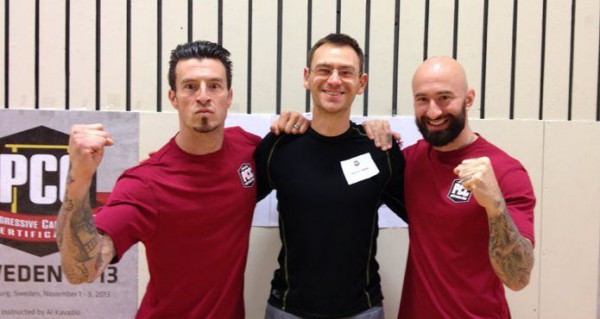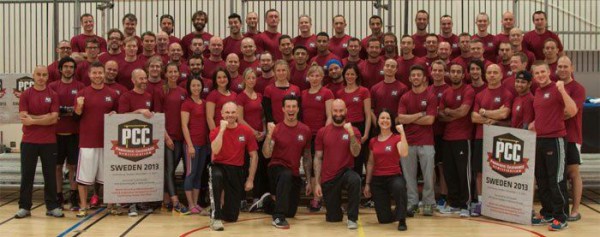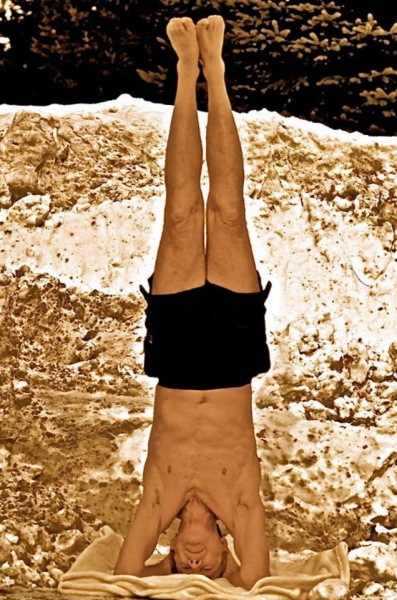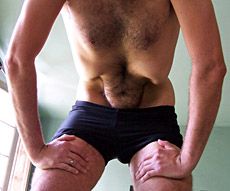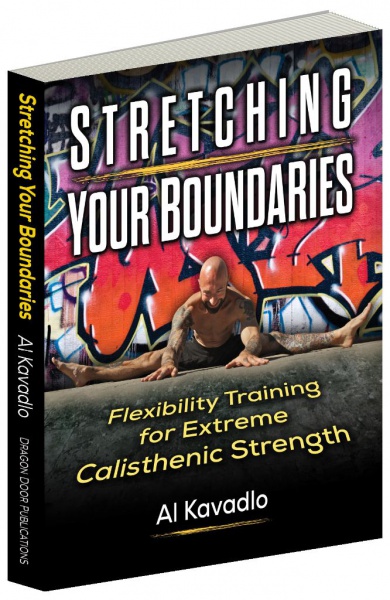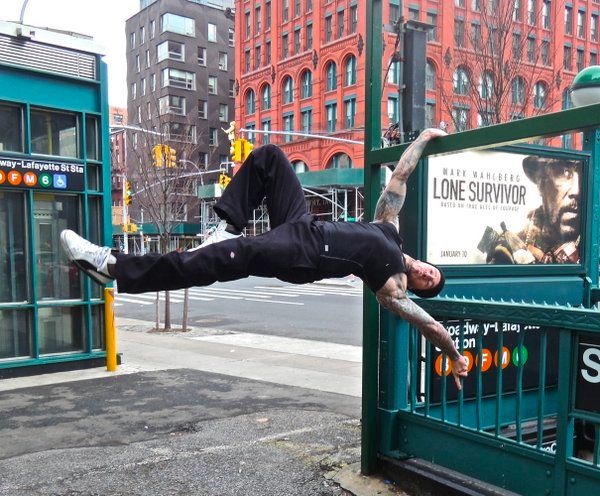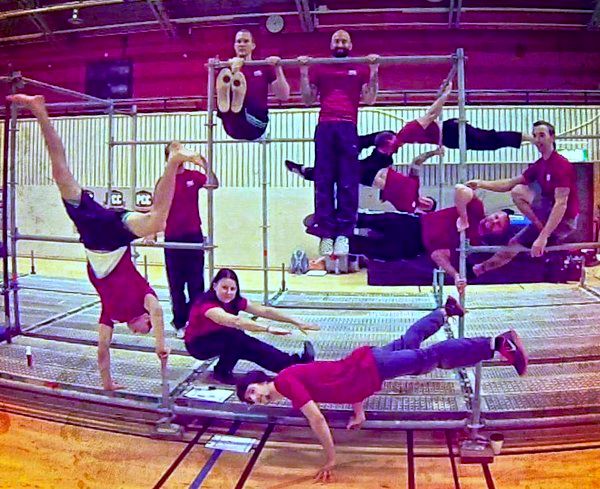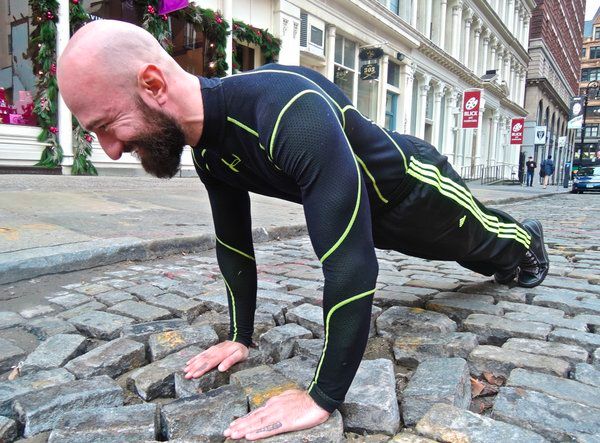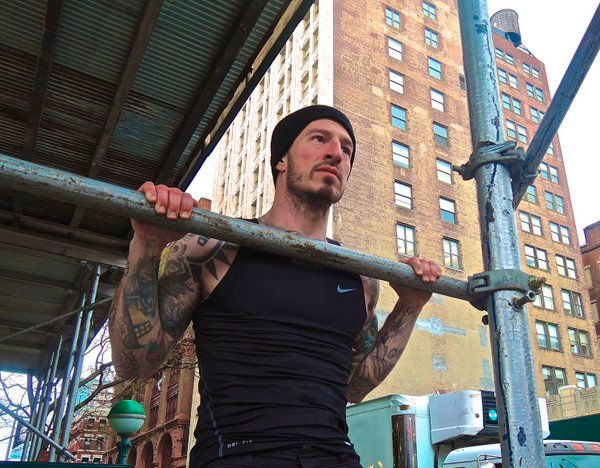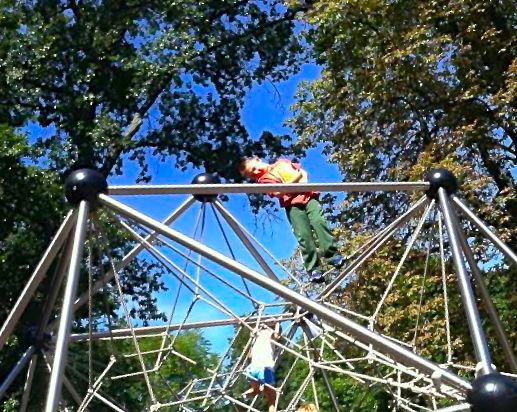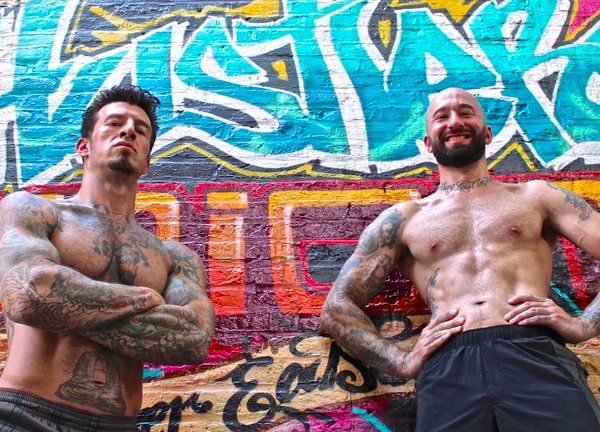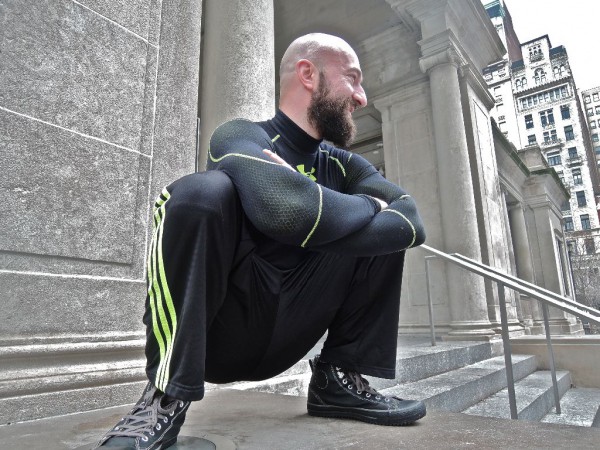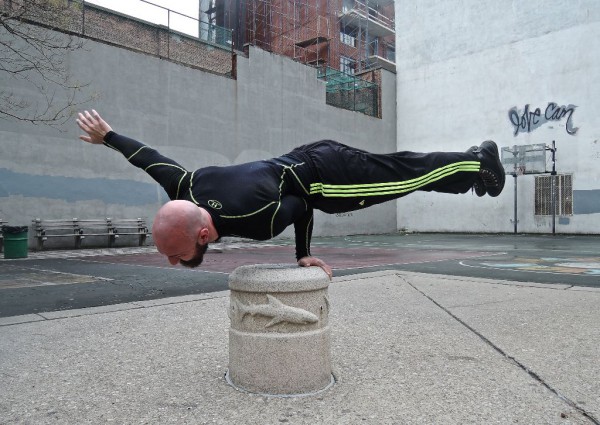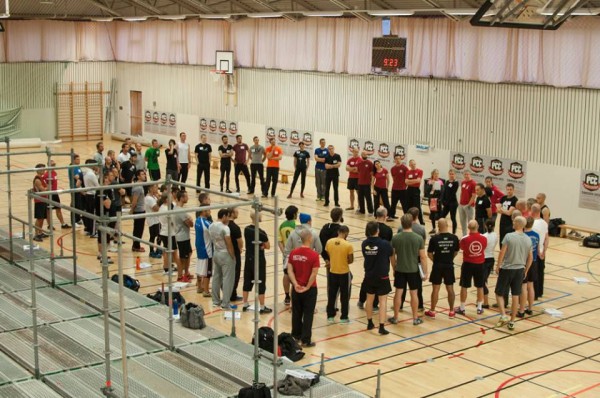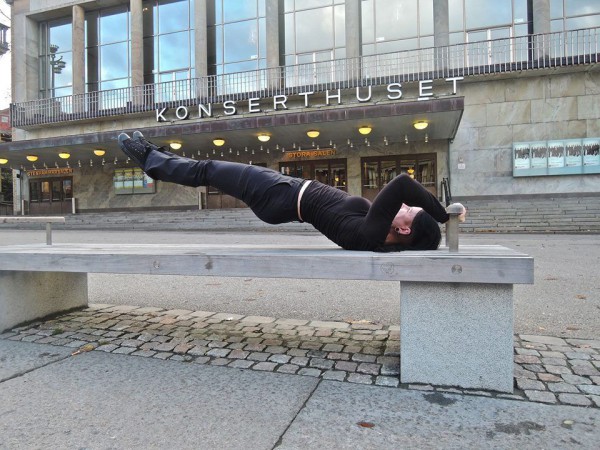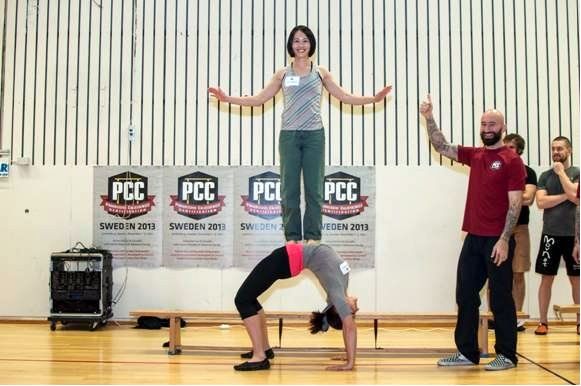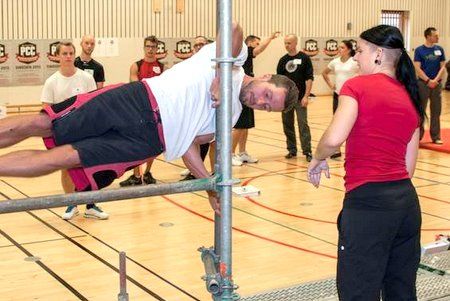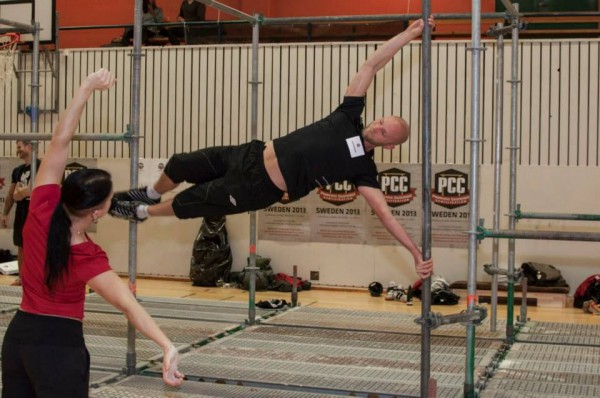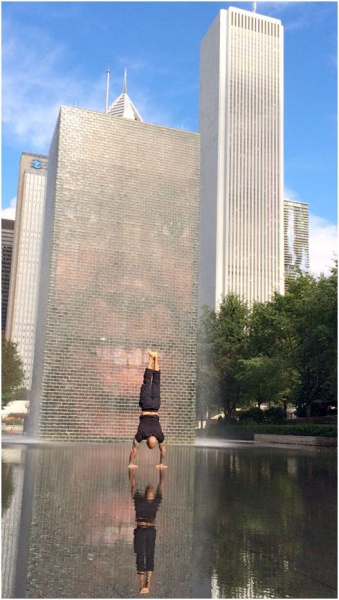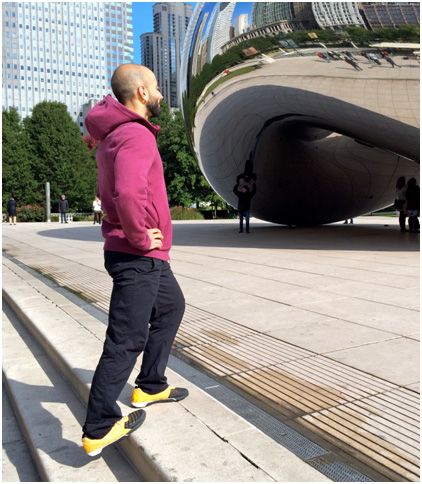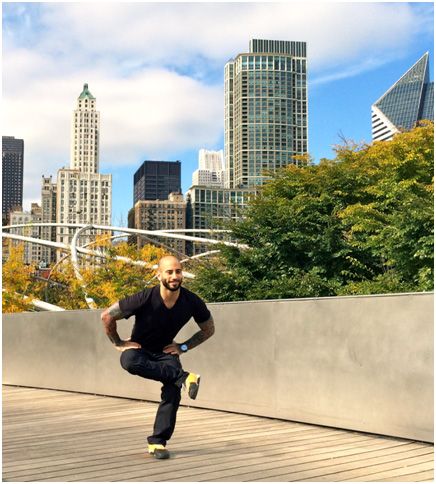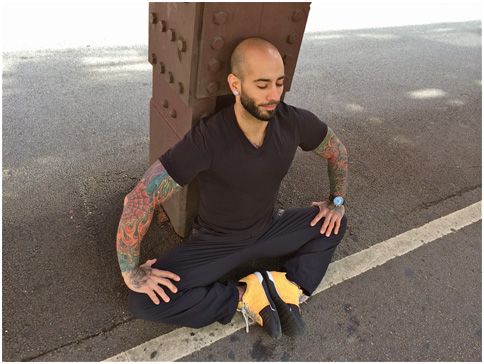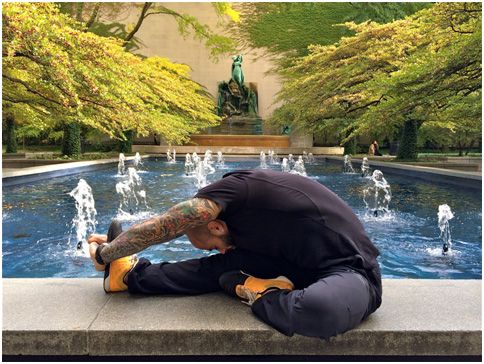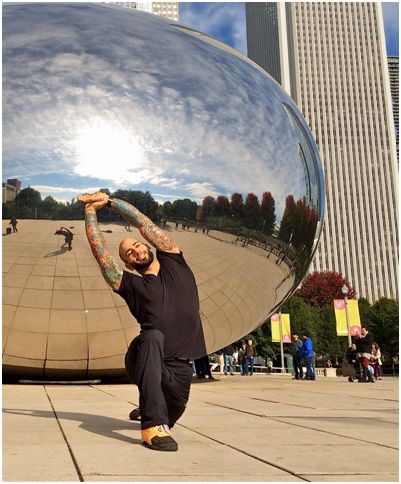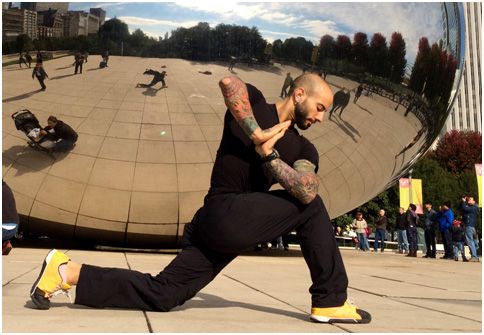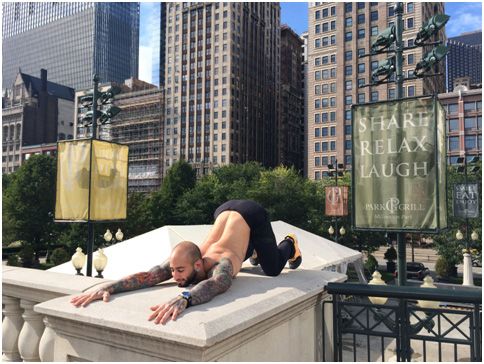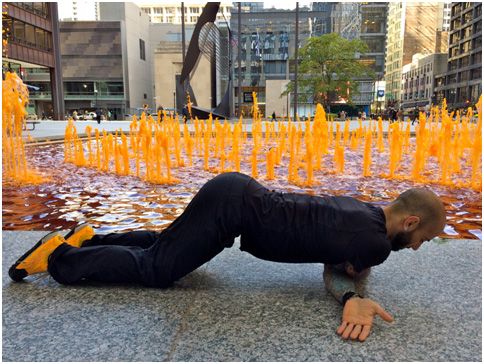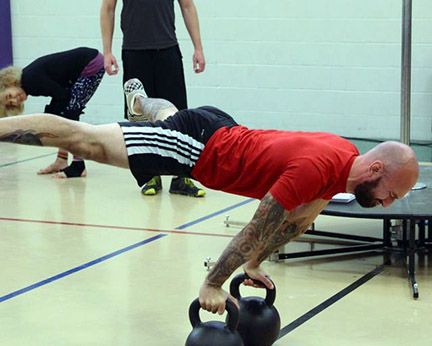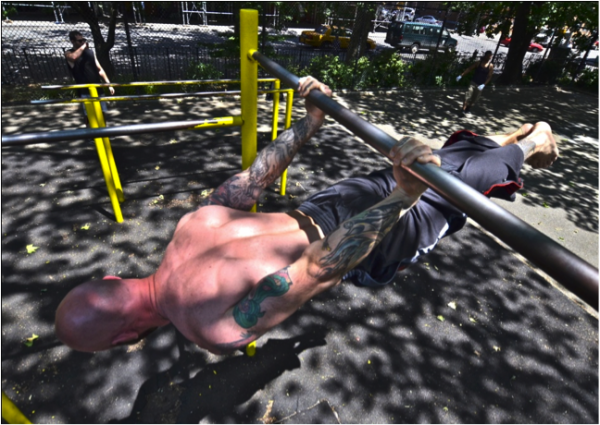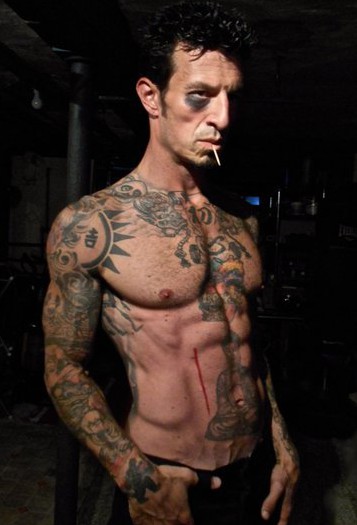
People are always asking me if I know Coach Wade. “Is it true?” they ask. “Can he really do one-arm handstand push-ups? What does he look like? Is there a Progressive Calisthenics Certification coming to my city?”
“Yes there is!” I tell them. Tell everyone you know! The first rule of PCC is you DO talk about PCC.
The second rule of PCC is you DO talk about PCC. The next event is October 10-12 in Haarlem, Holland! This particular workshop really looks like something special. My brother and PCC Lead Instructor, Al Kavadlo, have personally met and trained with Martijn Bos, owner of Trainingscentrum Helena, Holland’s #1 Calisthenics and MMA studio, where we will hold the country’s first ever Progressive Calisthenics Certification. We are looking forward to meeting a lot of new friends there!
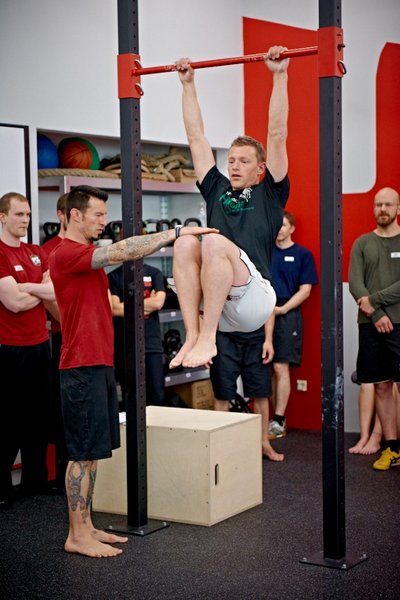
No wait. Back up. Let me start over.
For months, I couldn’t sleep. My brother Al and I were literally the top Personal Trainer and Fitness Manager in a company that employed thousands. Our job was to train everybody generically regardless of individual situations. Which company did we work for, you ask? A major one. In fact it is one of the biggest chain gyms in New York City. But we wanted something more.
Tired with the standard conventions of the industry, we chose to walk off the beaten path. Commercial fitness teaches trainers to believe that with isolation machines and protein powders, we will grow to be athletic, strong and functional. That if we buy this product or that pill, all our problems will be solved. But they won’t.
We’re a generation of men and women raised on gimmicks and machines. Advertising has us chasing treadmills and Shake-weights. Thigh-masters. Bowflex. We were wondering if another piece of equipment was really the answer we needed.
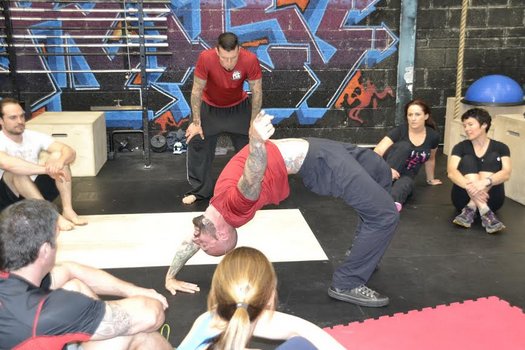
Many do what they’re told. Pull a lever, push a button. At PCC, we do Push-Ups instead of pushing buttons. We don’t pull a lever; we become the lever. It was right in everyone’s face. We just made it visible. It was on the tip of everyone’s tongue. We just gave it a name.
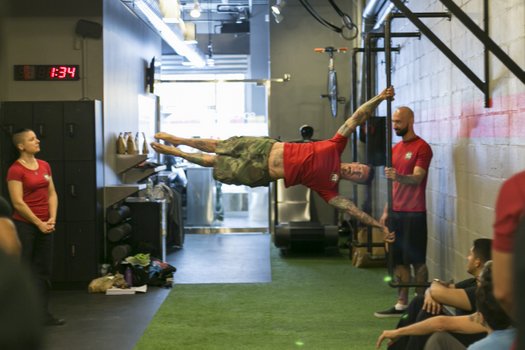
Every time we arrive in a new city, we meet people we’ve never trained with before, yet we have an instant kinship as fellow bodyweight warriors. We’re all part of the same family. Déjà vu all over again.
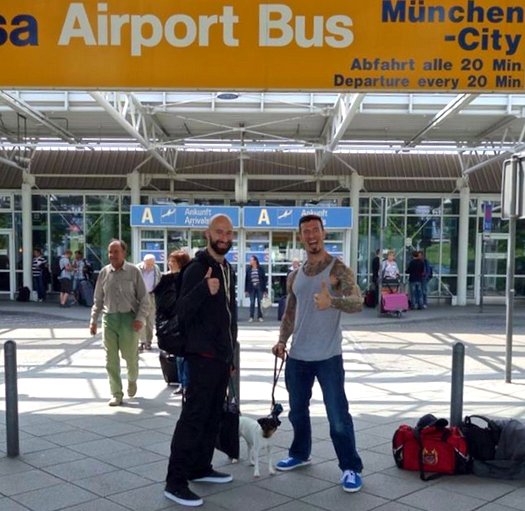
To date, we’ve had nine Progressive Calisthenics Certifications in seven different cities, spanning three continents. Bodyweight training, the oldest and noblest form of strength training, is gaining a resurgence. Progressive Calisthenics is becoming this incredible, global community. PCC is the first and best bodyweight certification.
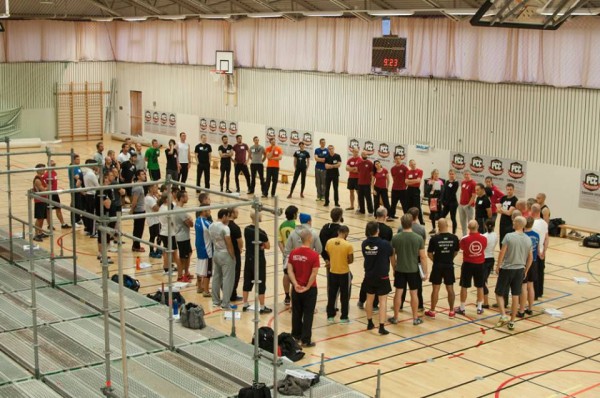
“What’s next?” everybody wants to know. “Is it true? Is Coach Wade building an army?”
DO talk about PCC! Tell everyone you know!
The posse’s gettin’ bigger!
-DK
***
Danny Kavadlo is one of the world’s most established and respected personal trainers. He is a Master Instructor of Progressive Calisthenics and the author of Everybody Needs Training: Proven Success Secrets for the Professional Fitness Trainer. A true in-person experience, Danny is known globally as a motivator and leader in the body-weight community. Learn more about Danny at: www.DannyTheTrainer.com.
